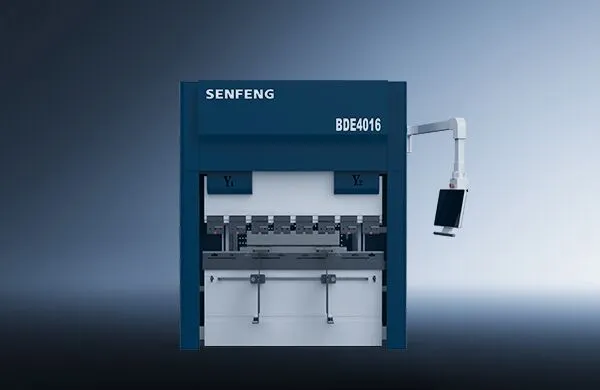Office Address
Ruko Venice, Golf Lake Residence No.11 B3-B5, Cengkareng Tim., Kecamatan Cengkareng, Kota Jakarta Barat, Daerah Khusus Ibukota Jakarta
Phone: 0852 827195
Office Address
Ruko Venice, Golf Lake Residence No.11 B3-B5, Cengkareng Tim., Kecamatan Cengkareng, Kota Jakarta Barat, Daerah Khusus Ibukota Jakarta
Phone: 0852 827195

In modern metal fabrication, the press brake is one of the most essential machines when bending sheet metals at high precision and efficiency. As manufacturing continues to evolve, potential buyers are now faced with a critical choice: hydraulic vs electric press brake-which one is best for your actual needs?
Press brake is a machine tool used to bend sheet or plate metal. The process involves pressing the material between a punch and die to form a desired angle or shape. Based on driving system, press brakes are categorized as the most commonly hydraulic and electric models.
The hydraulic press brake adopts hydraulic cylinders and fluid pressure to move the ram downward and bend metal sheets at high precision. It has developed into the industry necessity for decades and is famous for its raw bending force and high ability to cope with thick metals.

An electric press brake is generally powered by servo motors rather than hydraulic cylinders. These motors drive the ram directly at high precision and speed. Electric press brakes stand for the newer technology and are gaining more popularity due to their efficiency.

| Features | Hydraulic Press Brake | Electric Press Brake |
| Power Source | Hydraulic cylinders | Servo motors |
| Bending Force | Up to 6000+ tons | Typically up to 400 tons |
| Bending Speed | Moderate | Fast |
| Energy Efficiency | Low (motor runs continuously) | High (electric power used only during operation) |
| Precision | Moderate (±0.01 mm typical) | High (±0.005 mm or higher) |
| Noise Level | Loud | Quiet |
| Maintenance | Require oil changes, valve checks | Minimal maintenance |
| Best For | Heavy-duty, large-scale bending | High-speed, precision, light to medium work |
| Initial Costs | Lower | Higher |
Hydraulic Press Brake
Hydraulic press brakes are preferred when coping with thick or long metal sheet that requires substantial bending force.
Electric Press Brake
Electric models are fit for precision works and repetitive jobs in high-mix, low-volume production.
While electric press brakes require more upfront, their lower energy consumption and reduced maintenance often result in the better total cost of ownership (TCO) over time, particularly in high-volume production.
| Press Brake Pricing Comparison | |
| Hydraulic Press Brake | 500-1300 tons: $10,000 – $40,000 1700-3200 tons: $40,000 – $100,000 4000-6000 tons: $100,000 – $250,000 |
| Electric Press Brake | 40–100 tons: $40,000 – $70,000 120–400 tons: $70,000 – $150,000 |
Ask yourself the following questions before purchasing:
For ±0.01 mm or better, electric machines offer higher consistency.
If reducing operational costs is a big deal, electric machines are ideal.
High-volume bending tasks will benefit from the high speed and efficiency of electric machines.
If so, an electric press brake offers long-term returns.
A third option worth mentioning is hybrid press brake, which combines a hydraulic system with servo control. These machines offer energy savings, improved accuracy, lower oil usage and mid-range pricing.
The hybrid press brakes can be a great compromise between the power of hydraulic systems and the efficiency of electric ones.
As global industries are embracing the Industry 4.0, electric press brakes are becoming more integrated with CNC programming, IoT monitoring, real-time diagnostics, automated tool changers, robotic bending arms, etc.
Hydraulic press brakes are also evolving with energy-efficient pumps, servo-hydraulic systems and smarter HMI interfaces.
Choosing between hydraulic and electric press brake finally depends on your actual application, specific budget and production goals.
For many users, the right solution may even be a combination, using hydraulic machines for heavy-duty work and electric systems for high-precision parts.
Investing in the right press brake will not only raise your bending ability but also improve both production efficiency and profitability.